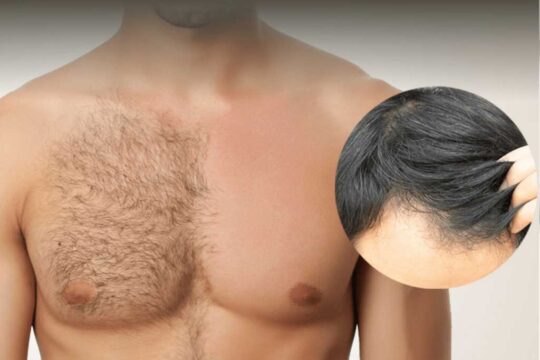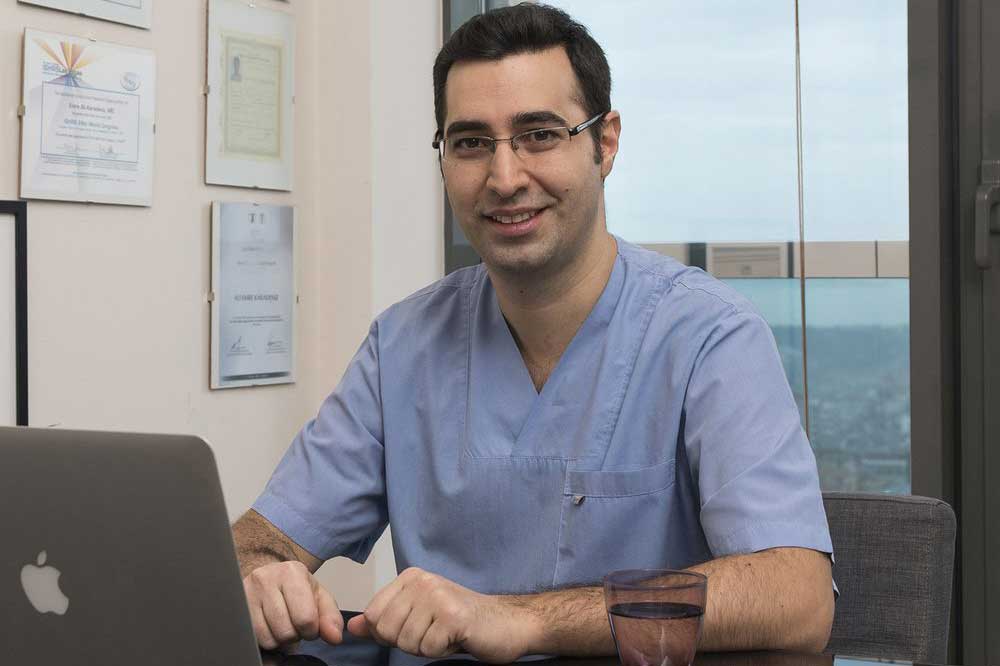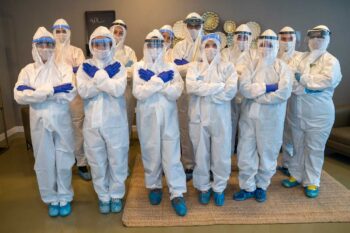
Body Hair Transplant (BHT), especially beard hair can be an extra source for donor hair in patients with limited donor availability at the scalp.
It has been shown that beard hair is the best source for Body Hair Transplant due to its biological characteristics of regrowing better, growing much longer and being of much higher caliber compared to other body hairs such as chest, back and leg hair. Chest hair appears to be the second best. Other hairs like back and leg hair could be considered experimental and therefore we don’t recommend using body hairs other than beard and chest hairs in men.

Body hair—whether beard, chest, or leg—behaves unlike scalp hair. Follicles commonly produce single, finer, curl-prone shafts that grow more slowly and less predictably after transfer. Harvesting also poses hurdles: skin may be too thick, thin, or mobile, and patient positioning can be awkward. These biological and technical factors demand meticulous technique and explain why body grafts cannot simply replace healthy scalp donors.

Because of these limits, surgeons reserve body hair transplant only for cases where scalp supply falls short. Candidates include men and women with severe alopecia, depleted donor zones, or multiple previous procedures. Beard and chest follicles can thicken sparse regions or camouflage scars, adding strategic density rather than full coverage. The goal is augmentation—an extra 1,000-2,000 grafts—not a primary harvest.
The most frequent practice at AEK Hair Clinic is to combine scalp FUE with Body Hair Transplant from the beard and/or chest which can be done in two or three consecutive sessions. The beard donor zone heals very well without leaving visually significant scars. For patients who ask for a more conservative approach, we draw a line over the chin bone and harvest from underneath providing us with about 1000 grafts.
For patients who seek a more aggressive approach, we can harvest up to 2000 grafts from the whole face in patients with a dense beard.
One advantage of using body hairs is that it can be a great source for patient who are rich with body hair that are normally unwanted hairs.
It is possible to transfer about 1000 to 2000 grafts during a Body Hair Transplant session that takes about 8 hours and in theory multiple sessions could be performed in a single visit.
BHT is a fallback for patients whose scalp donor supply is exhausted or insufficient—often after severe alopecia or multiple prior surgeries. It augments density or hides scars rather than serving as the primary graft source.
Beard hair ranks first because it regrows thicker, longer, and more reliably than other body hair. Chest hair is a distant second. Back and leg hair are considered experimental and are generally avoided.
Not exactly. Body follicles usually grow single, finer, curl-prone shafts that lengthen more slowly. Coverage is therefore lower than with scalp grafts, but beard hair comes closest in calibre.
Beard donor zones generally heal with minimal visible scarring. Proper punch size, spacing, and post-op care all help the small extraction points blend with surrounding stubble.
Technical challenges include variable skin thickness, increased curl, and difficult patient positioning. These factors demand an experienced surgical team but do not raise complication rates when handled correctly.
No. Body hair serves as a supplement, not a full substitute. Its growth characteristics and limited session yields mean it should enhance, not replace, viable scalp donor grafts.